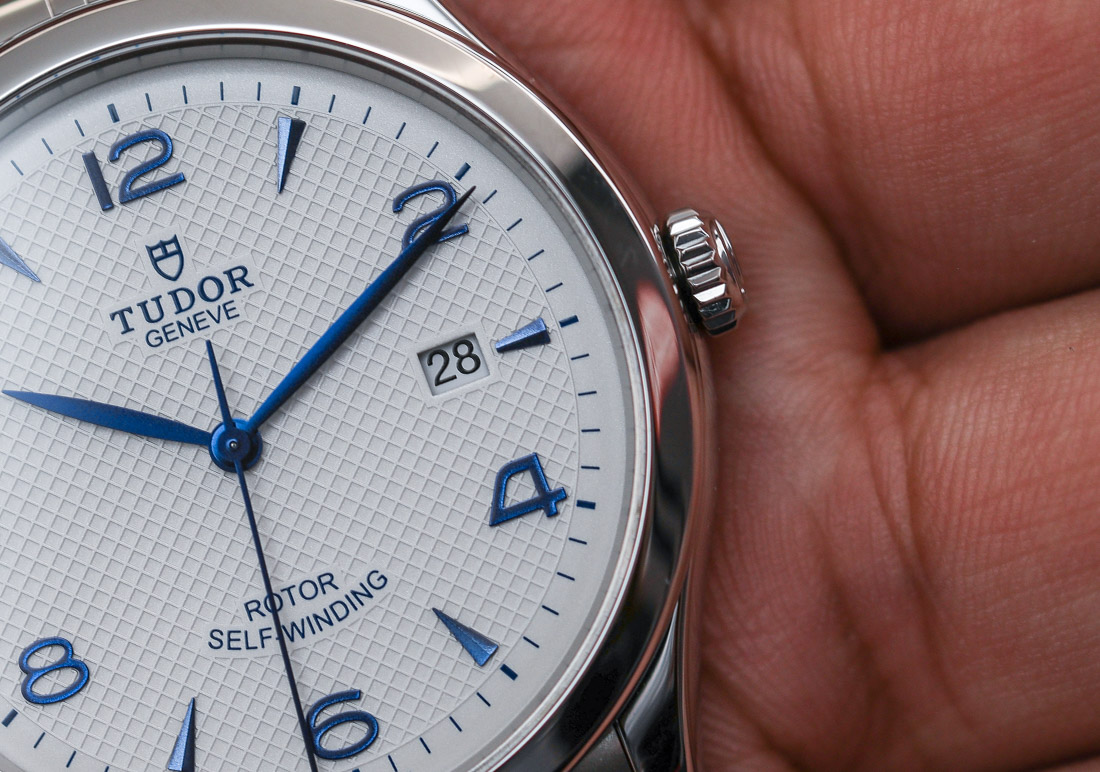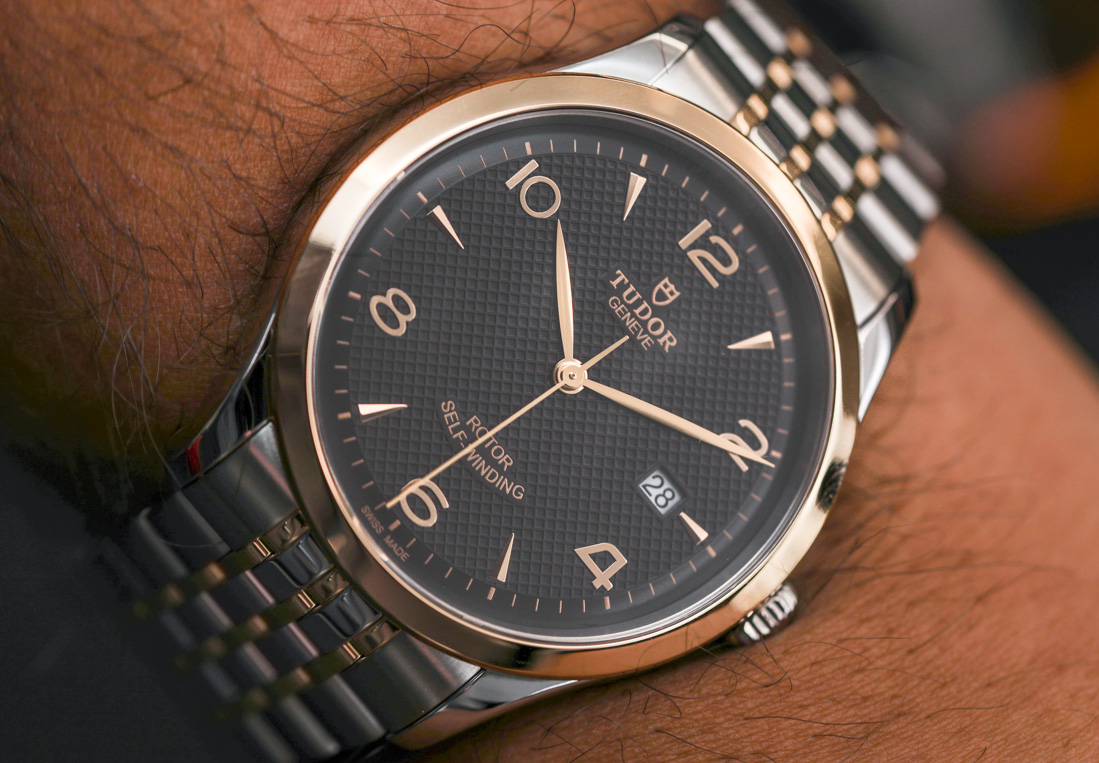
For Baselworld 2018, Rolex’s baby brother Tudor released a couple of hit models in the extremely popular Black Bay collection that more or less overshadowed even the introduction of a totally new line. We have already reviewed both the Black Bay Fifty-Eight here and the Black Bay GMT here, but today we are finally getting around to the new Tudor 1926 watch collection. Most notable about the new Tudor 1926 is that, at under $2,000 at least for the steel models, it represents a new entry point for the brand.
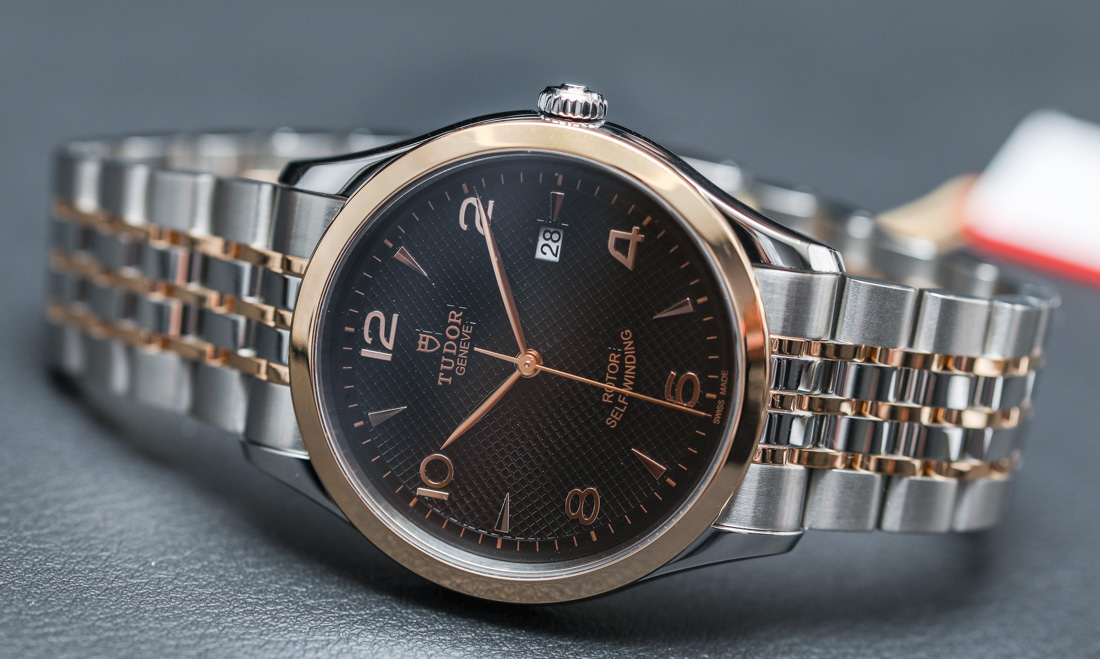
The “1926” part of the name, I suppose, is the place to start as it relates to the brand name itself. This is the year that Rolex founder Hans Wilsdorf registered the Tudor name (“The Tudor”) — the germination of the brand as opposed to the actual creation of the the Montres Tudor SA company which came 20 years later in 1946. Despite its name, Tudor does not claim that the 1926 watch is the resurrection of any historical model or even that the design specifically references the 1920s, and it doesn’t look particularly retro (though the two-tone versions surely push it in that direction), in my opinion. Rather, sporty elements like its Arabic numerals, textured dial, steel bracelet, and respectable water-resistance mixed with an overall simple and traditional design suggest modern versatility to me.
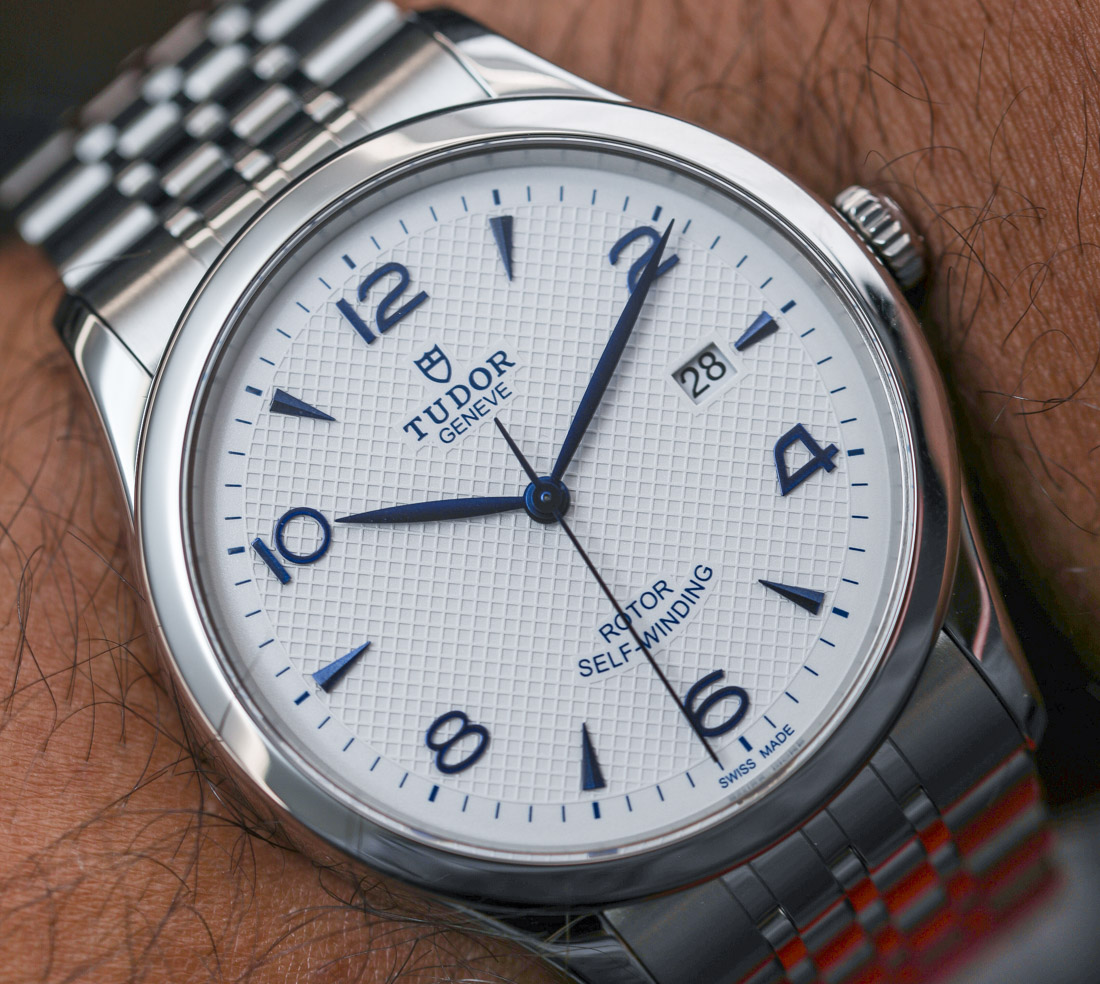
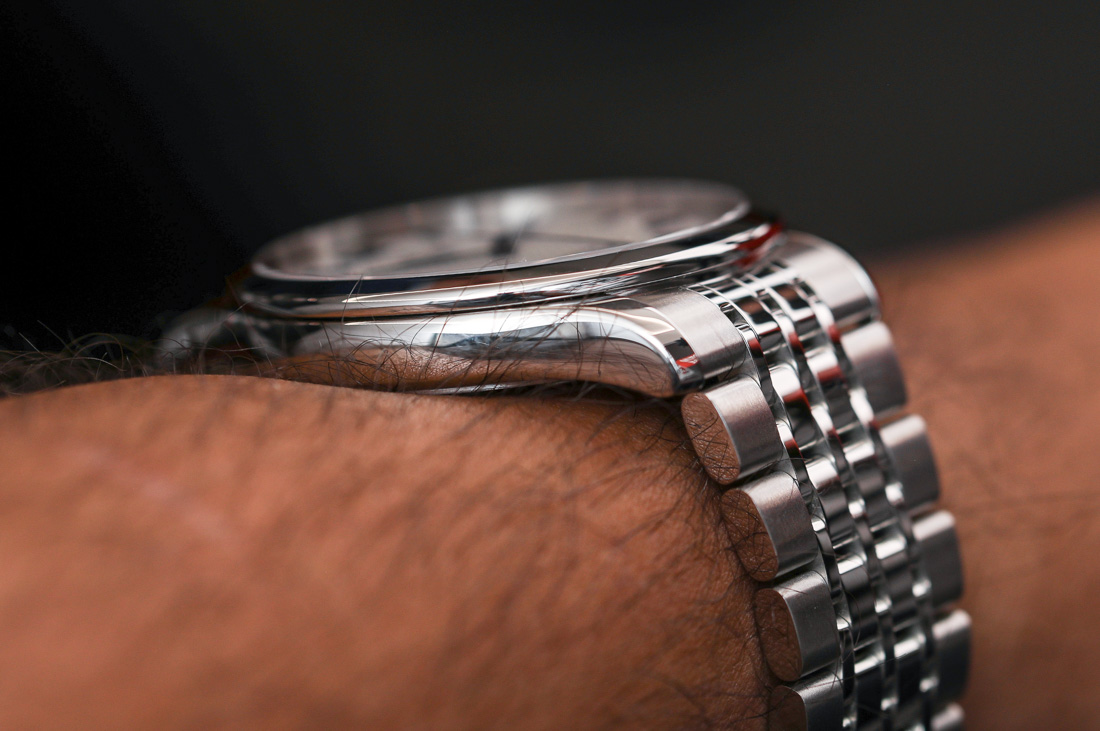
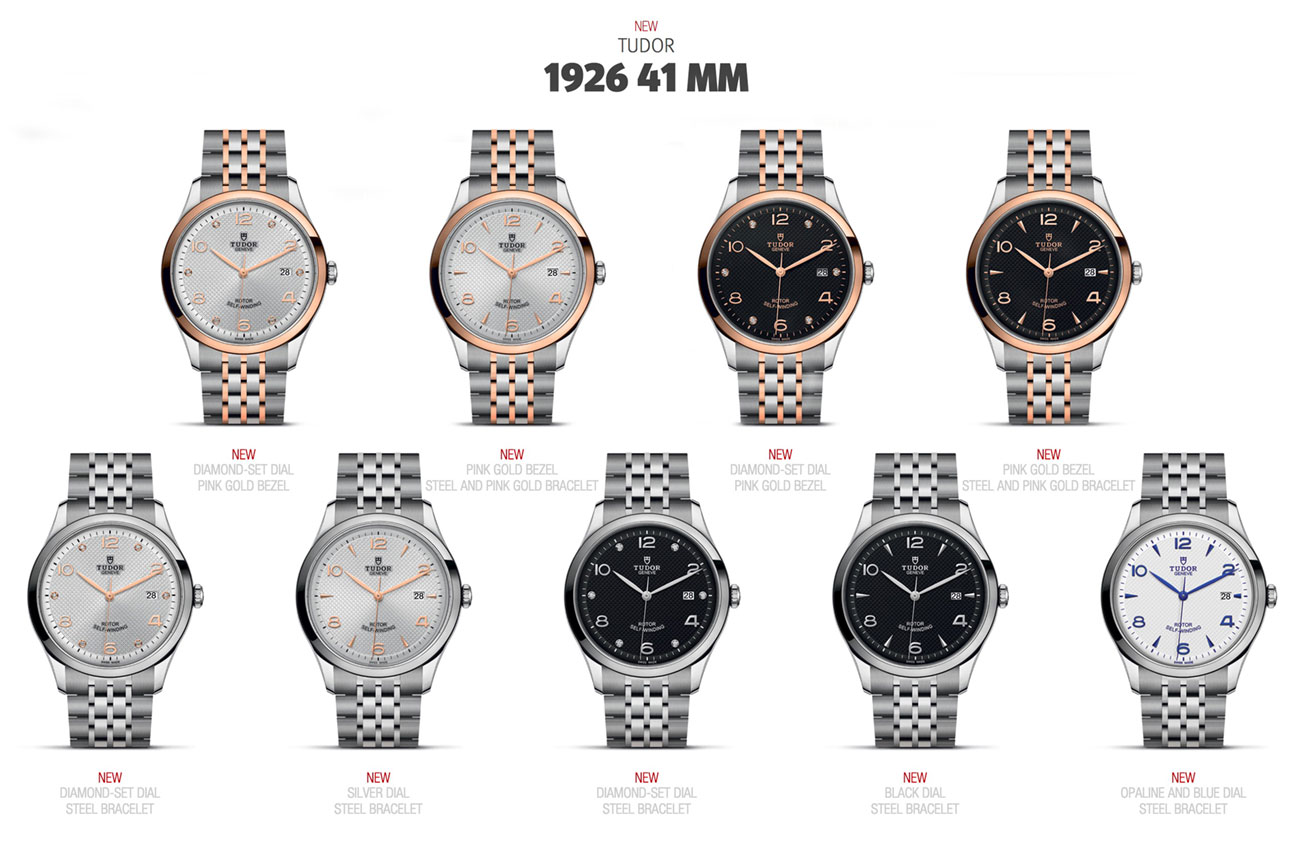
Tudor 1926 41mm lineup. Each available size (41mm, 39mm, 36mm, or 28mm) includes these same configuration options.
The new collection comes in an array of options. First, there are nine possible variants in each case size of 41mm, 39mm, 36mm, or 28mm case widths — that’s 36 total models and almost enough to make choosing one feel like the process of customizing it (as many “customizable” watches are exercises in selecting and combining various elements anyway). The two possible case finishes are all-steel or a two-tone steel and rose gold, and our hands-on pictures are of one in each finishing, both in 41mm. With a solid caseback and screw-down crown, all models are water-resistant to 100m.
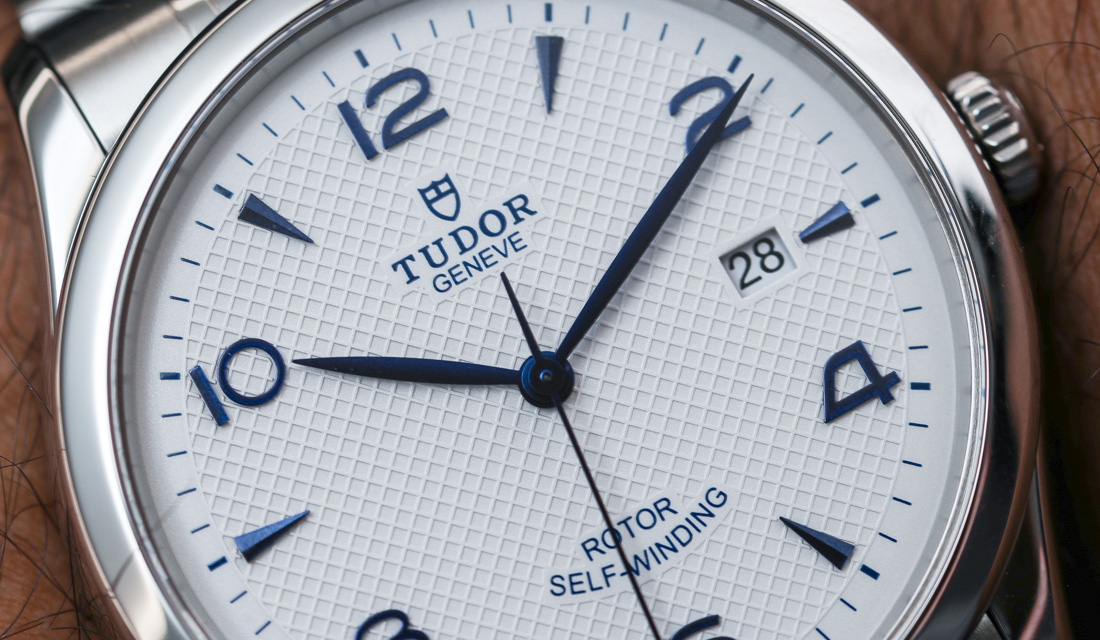
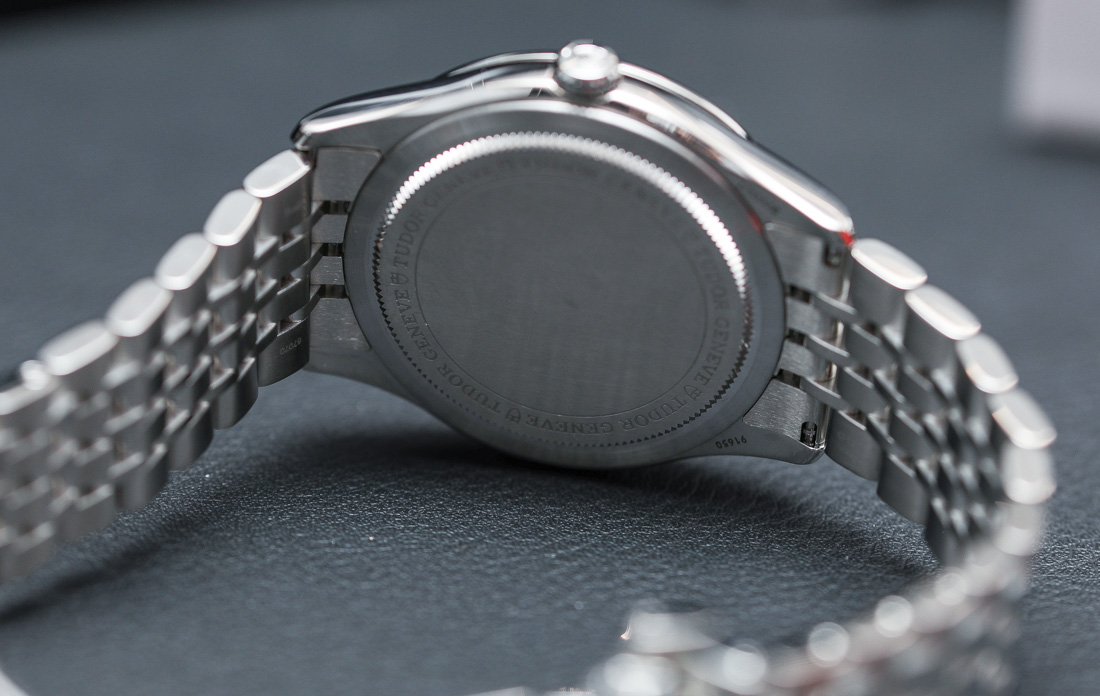
As a number of brands do, Tudor has collections with in-house movements alongside more affordable lines with sourced movements, both aiming for (and arguably achieving) relative value within their segments. The Tudor 1926 is the latter. Powering the Tudor 1926 is the common ETA 2824 automatic movement, except for the 28mm models which use the ETA 2671 that shares the 2824’s familiar specs with automatic winding, a 4Hz operating frequency, and around 38 hours of power reserve. Similar ground was covered by the Tudor Style that we reviewed here in terms of positioning as a dressy but versatile and relatively affordable daily watch with a sourced movement, and the Tudor 1926 almost seems like it could have been a subfamily of it.

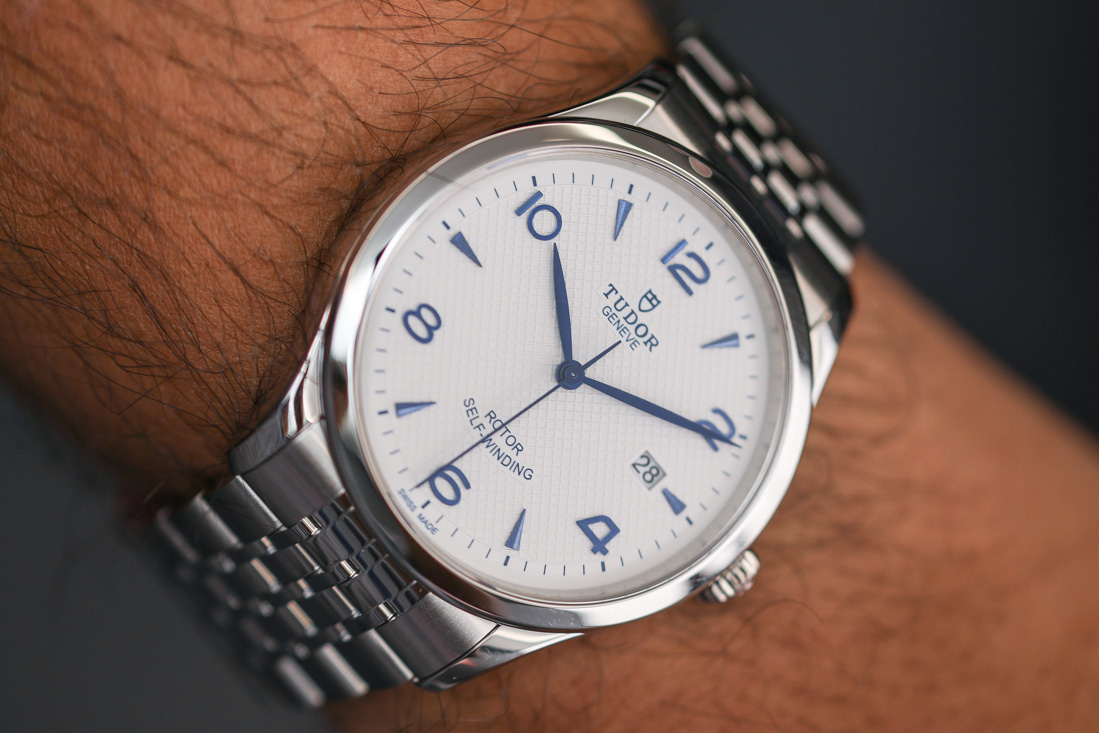
The traditional dial design of the Tudor 1926 with its even-numbered hour markers in Arabic numerals reminds me slightly of this Frederique Constant Runabout or perhaps an Oris Big Crown Pointer Date (a variation of which I am wearing as I write this), particularly in the two-tone. The odd-numbered hour markers are faceted and arrow-shaped or available diamond-set. The steel, rose gold, or blued hour markers are applied atop a black or white embossed dial with a “waffle” pattern in the center. The dial is further slightly domed, though it might be hard to tell in the pictures. Some of the pictures do illustrate the legibility problem I have harped about many times before of shiny hands on dark dials, but the dial texture here at least helps.
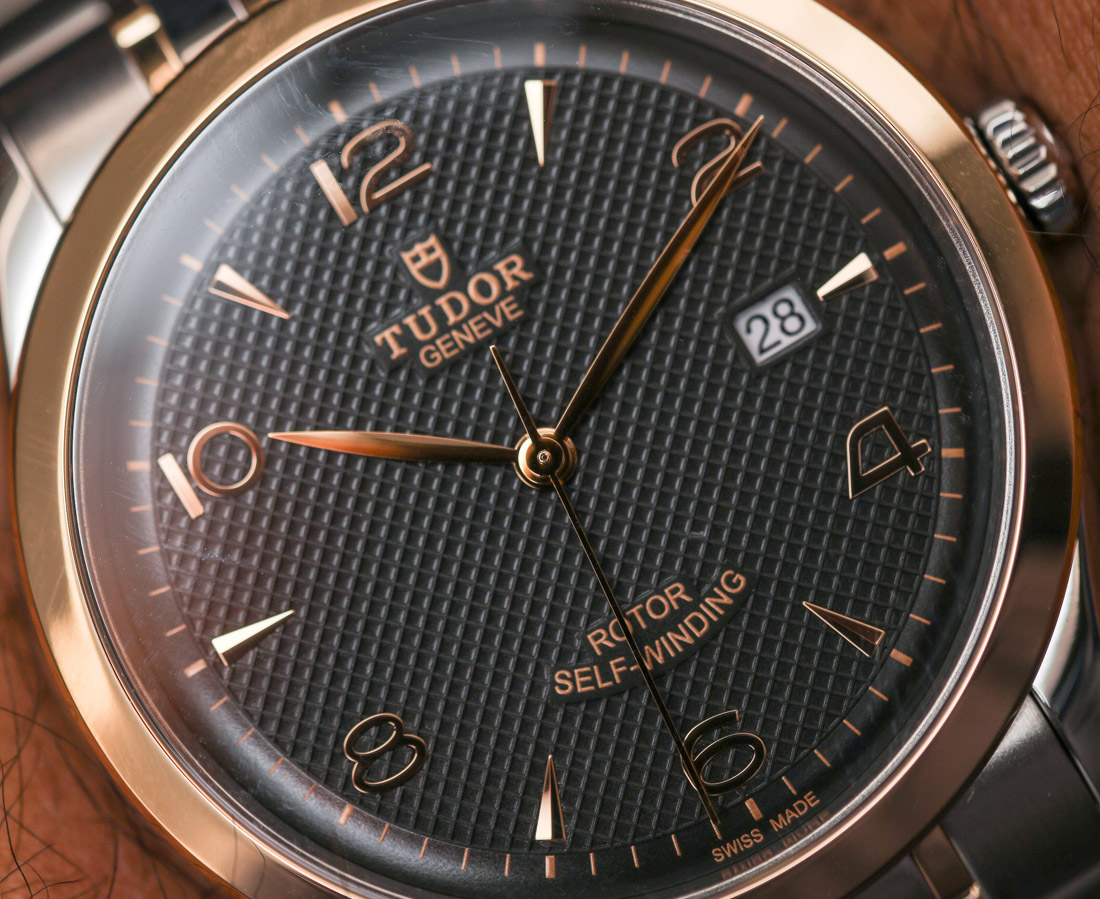

As mentioned, the new Tudor 1926 watches represent the brand’s most affordable offerings. The idea of “buying in” to the Tudor club by getting the brand name on your wrist is kind of ironic because for many people Tudor is a budget way to buy into the Rolex brand — and it is far less expensive, of course, than Rolex’s “cost of entry” with the Oyster Perpetual. The Tudor 1926 will aim to compete with watches in its price segment with the prestige of its name (and its Rolex association) which includes a promise of excellent quality and finishing. The seven-link bracelet with contrasting finishes that accompanies all versions of the watch is excellent and certainly a boost to the Tudor 1926’s overall appeal.
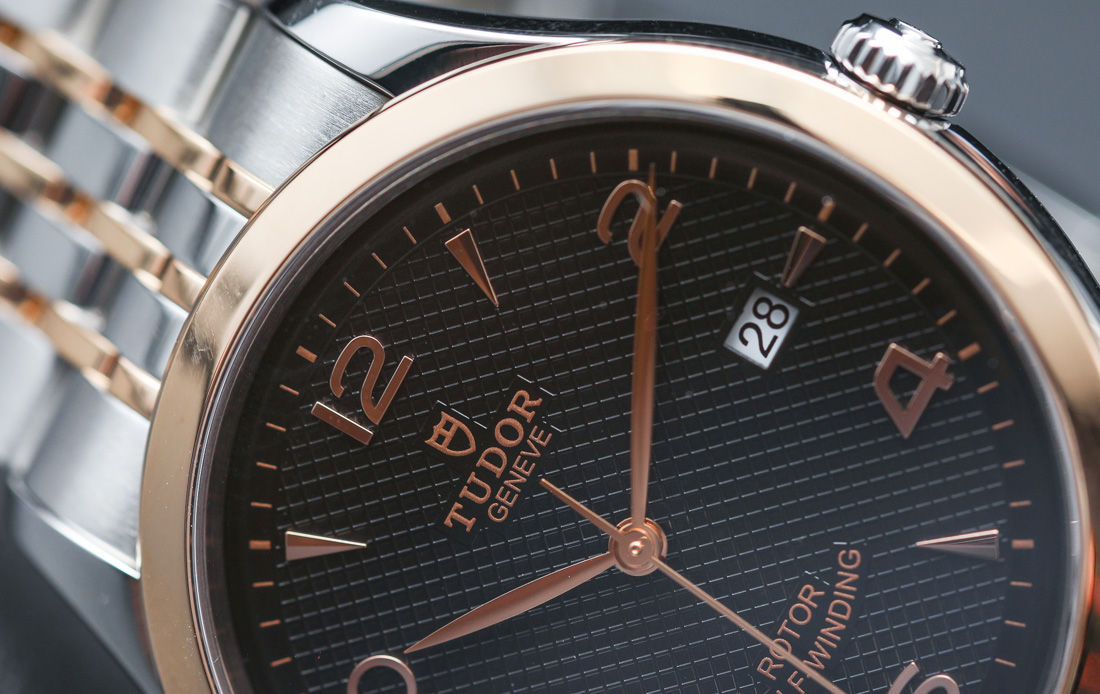

The Tudor 1926 collection ranges from $1,675 for the 28mm in steel (without rose gold hands and markers) to $3,400 for the two-tone 41mm model with six diamond hour markers. The two-tone rose gold versions are generally priced about $1,000 above their steel counterparts. For the exact models shown here, the 41mm in all steel with the white dial and blue hands/indices has a price of $1,850 and the two tone model with black dial is $2,875. tudorwatch.com


